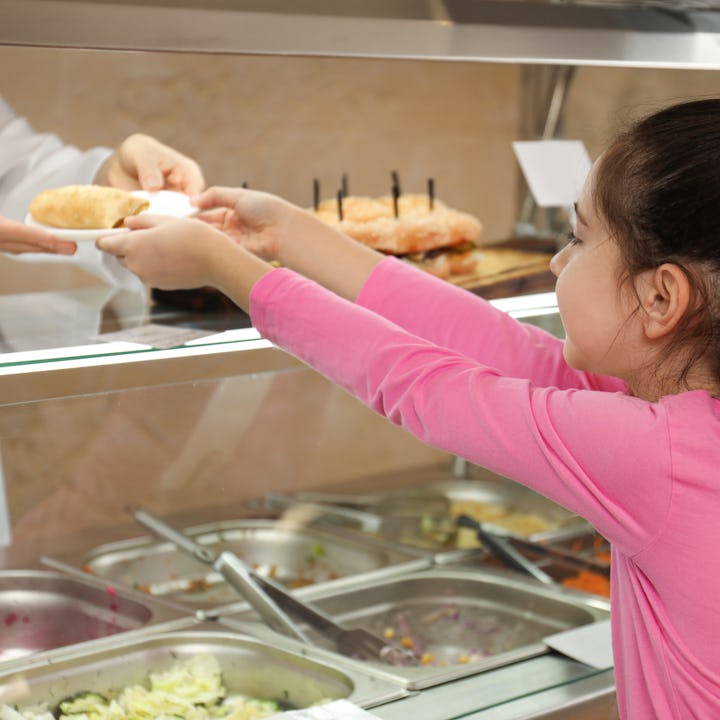Free US School Lunches Are Coming To An End
The change will potentially leave millions of children without access to vital meals.

In less than 30 days, waivers that have allowed public schools to provide free meals to students during the pandemic is coming to an end. Youth advocacy groups are warning of the potential disaster many children face should the free meals stop, namely those in low-income communities of color, whom the waivers have predominantly supported.
But Congress, which is in recess, doesn’t seem to see any urgency to extend the waivers, which, again, have literally kept millions of children from going hungry. It also allowed schools to bulk deliver food to families and communities, making quarantining and isolating easier.
The program will end June 30 if Congress does nothing.
Even before the pandemic, millions of children’s families were unable to afford paying for a full-price school lunch. A 2019 survey by the School Nutrition Association found that 75% of school districts in the U.S. have unpaid student meal debt.
According to the Counter, the average single meal costs a public school student $2.48 at the elementary level, and $2.74 at the high school level. While these prices might sound negligible, they can quickly add up, especially if a parent (or both) is out of work due to the pandemic.
“I think we’re going to see in real time the summer hunger crisis grow, and that’s going to give us a preview of what’s going to happen next school year,” Jillien Meier, the director of No Kid Hungry told The Guardian.
Roughly 4.3 billion meals were distributed through this program set to expire at the end of the month.
Without the waivers, students from low-income households can technically still get free meals, but it requires parents to fill out an application that includes their financial information.
And, like anything that requires an application in an American public school setting, can be complicated, frustrating, and a source of embarrassment for kids, which sometimes keeps families from applying in the first place due to poverty stigma. At the same time, families on the edge of poverty, or families simply struggling with issues like inflation or job loss, might not have enough food to eat even if they don’t qualify for a free or reduced lunch program.
Child advocacy groups and school cafeteria managers are worried about what the lapse of the waivers in conjunction with supply chain backups, which have been making it difficult enough to get healthy food for schools.
“You might want to say Covid is over. But the tattered remains of our supply chain, and the fact that schools are worried about if there will be any food for them to serve next year, should really serve as an eye-opener that this is not a normal time,” Meier told The Guardian. “ The providers need it. And yet Congress continues to do nothing.”
You can sign No Kid Hungry’s petition to extend child nutrition waivers here. You can also sign The Education Trust’s petition to extend the waivers throughout the 2023 school year here.